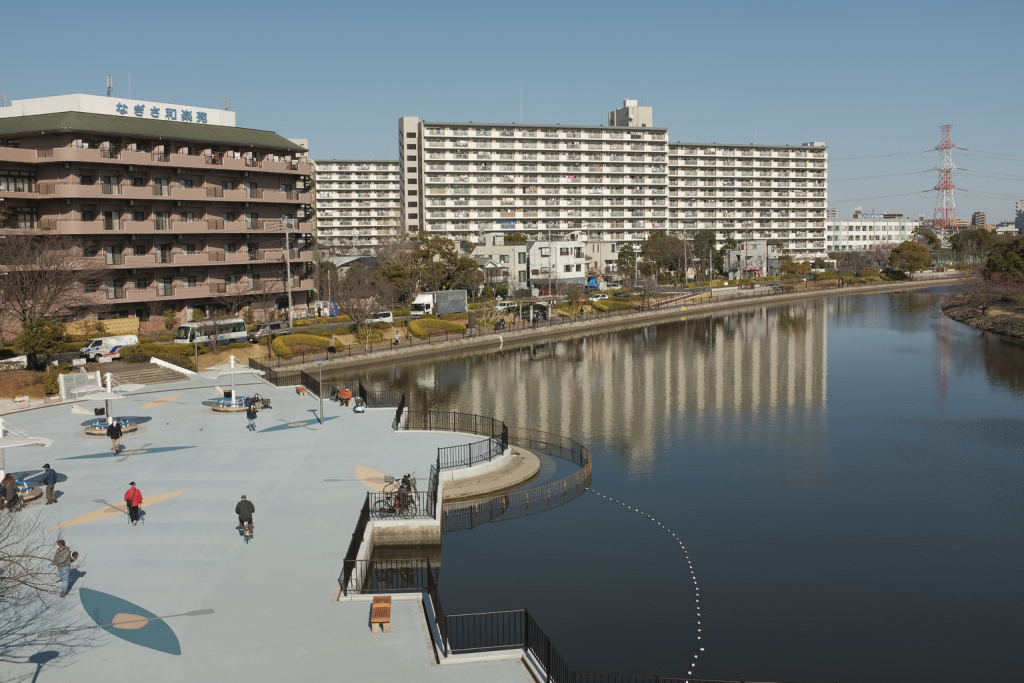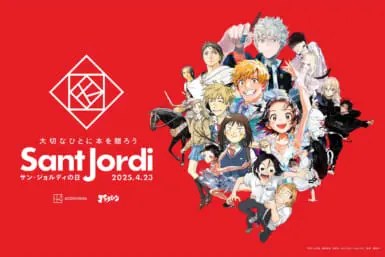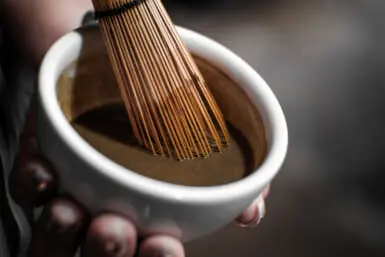Thanks mostly to the IT boom of the early 2000s, Tokyo has seen an increase in the number of Indian workers and their families now calling the city home. More than 3,000 (10% of the entirety of those living across Japan) have made Edogawa ward that home, particularly within the Kasai area. With parks aplenty, it’s also a wonderfully green and peaceful part of town in which to discover a very different side of Tokyo.
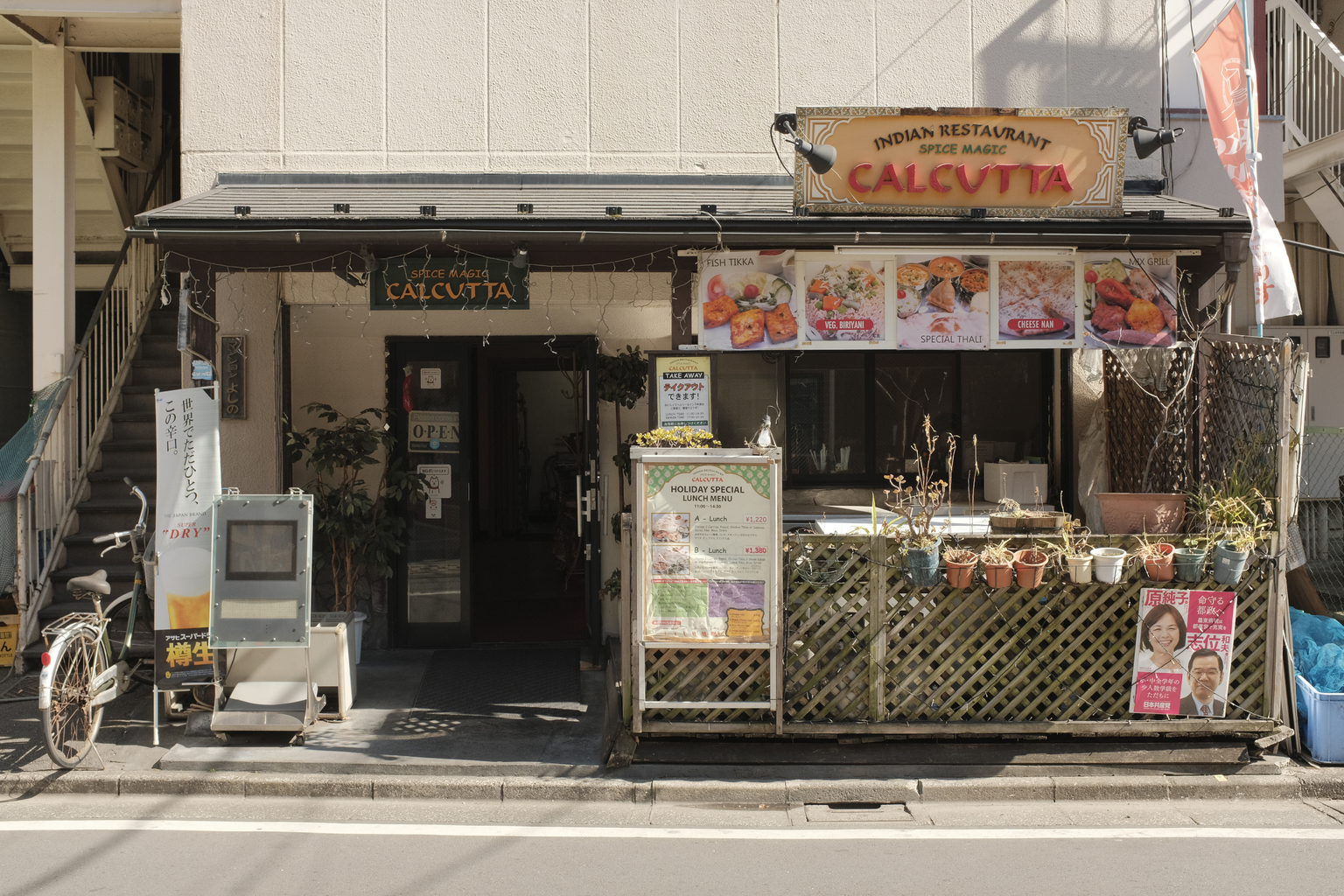
Little India
Known as ‘Little India’ to some, Nishi Kasai lacks the visually obvious decor and ambiance of cultural counterparts such as Chinatown. However, nosey around and you’ll find highly rated restaurants such as the main branch of Spice Magic Calcutta (the oldest in the neighborhood), Amudhasurabhi and Delhi Dhaba to enjoy great food from across the Indian subcontinent. If you want to spice up your own cooking, gather supplies from grocery stores such as Swagat Indian Bazaar that are packed full of delicious delights at decent prices.
Also worth visiting is either of the Reka restaurants. Run by the mother of Yogendra “Yogi” Puranik, who in 2019 became the first person of Indian origin to be elected to office in Japan, the Higashi Kasai branch not only serves as his base of operations but also the Edogawa India Culture Center. Here you can take part in a number of activities and classes such as cooking, yoga, music and dancing to name but a few.
As you would expect, Kasai is a popular place to celebrate two of India’s biggest festivals – Holi and Diwali. Held every spring in Nishi Kasai Dinosaur Park (so-called due to a pair of playground dinosaur statues), Holi is particularly enjoyable and a great opportunity to mix with the locals and get doused in an explosion of color.
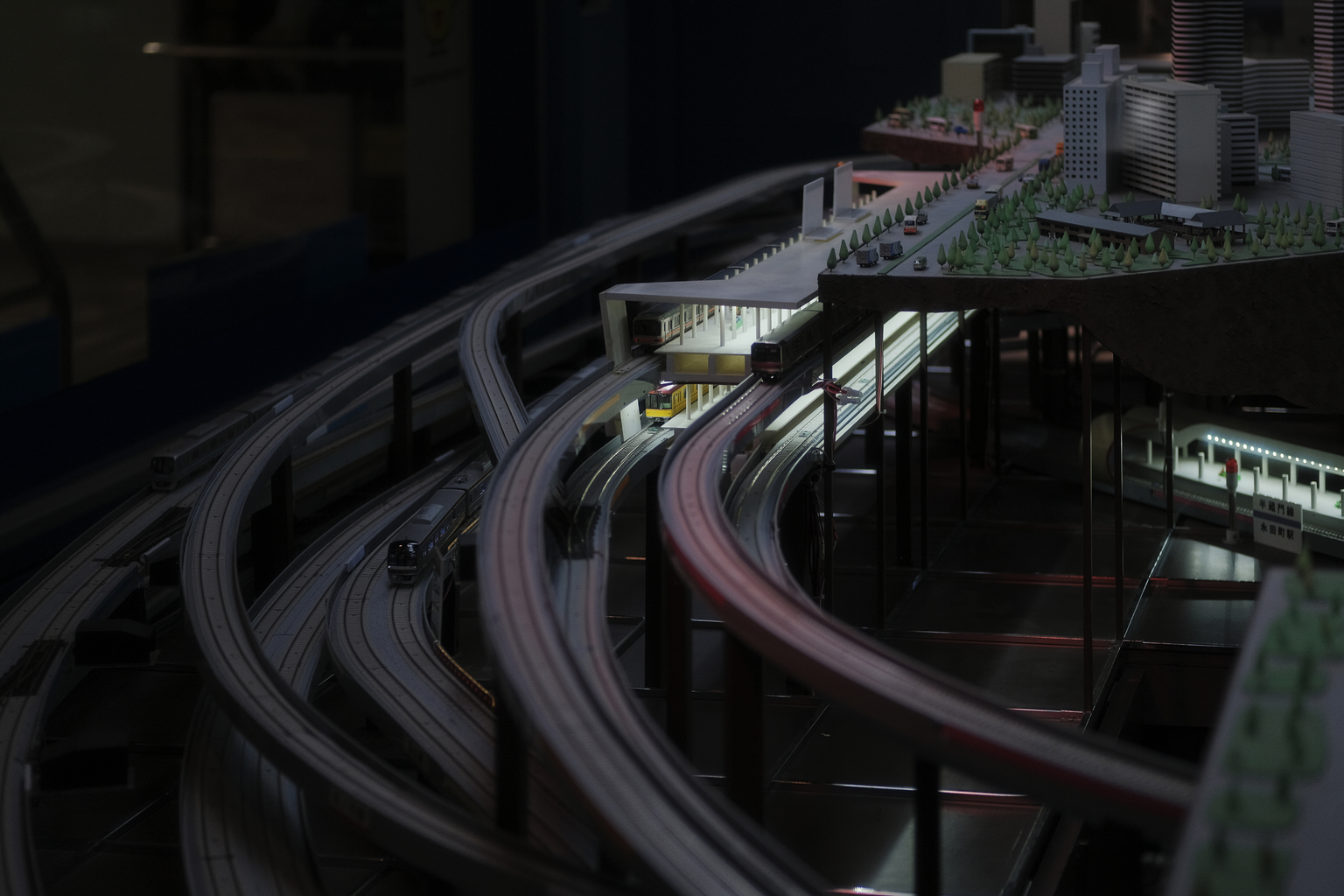
Metro Museum
Located under the tracks of Kasai Station you’ll find the fun and informative Metro Museum. There’s plenty to do here as you learn all about the development of the system over the years while marveling at the logistical and engineering side of things. There are hands-on exhibits for all ages to enjoy such as train simulators, dioramas and restored carriages, one of which happens to be Japan’s first-ever subway car. It entered service in 1927, traveling between Ueno and Asakusa, and is now a designated Important Cultural Property.
Venturing deeper into the suburbs, it’s possible to enjoy a leisurely, nature-filled stroll around a large chunk of the neighborhood by following various interlocking parks, streams and rivers. The tranquil stream within Shin-Nagashima River Water Park leads down to the Sakon River and the Shinsakongawa Water Park, an airy open space that has facilities for BBQs and various water sports along the banks. The river thins out past the lock, cutting through the neighborhood before ending up at Nagisa Park on the edge of the Kyuedo River. Head back west via the neighboring Fuji Park, a lengthy stretch of green in which to take a break amongst a beautiful European-styled flower garden, before connecting to the Sakon River once again or continuing down to the sprawling Tokyo Kasai Rinkai Koen.
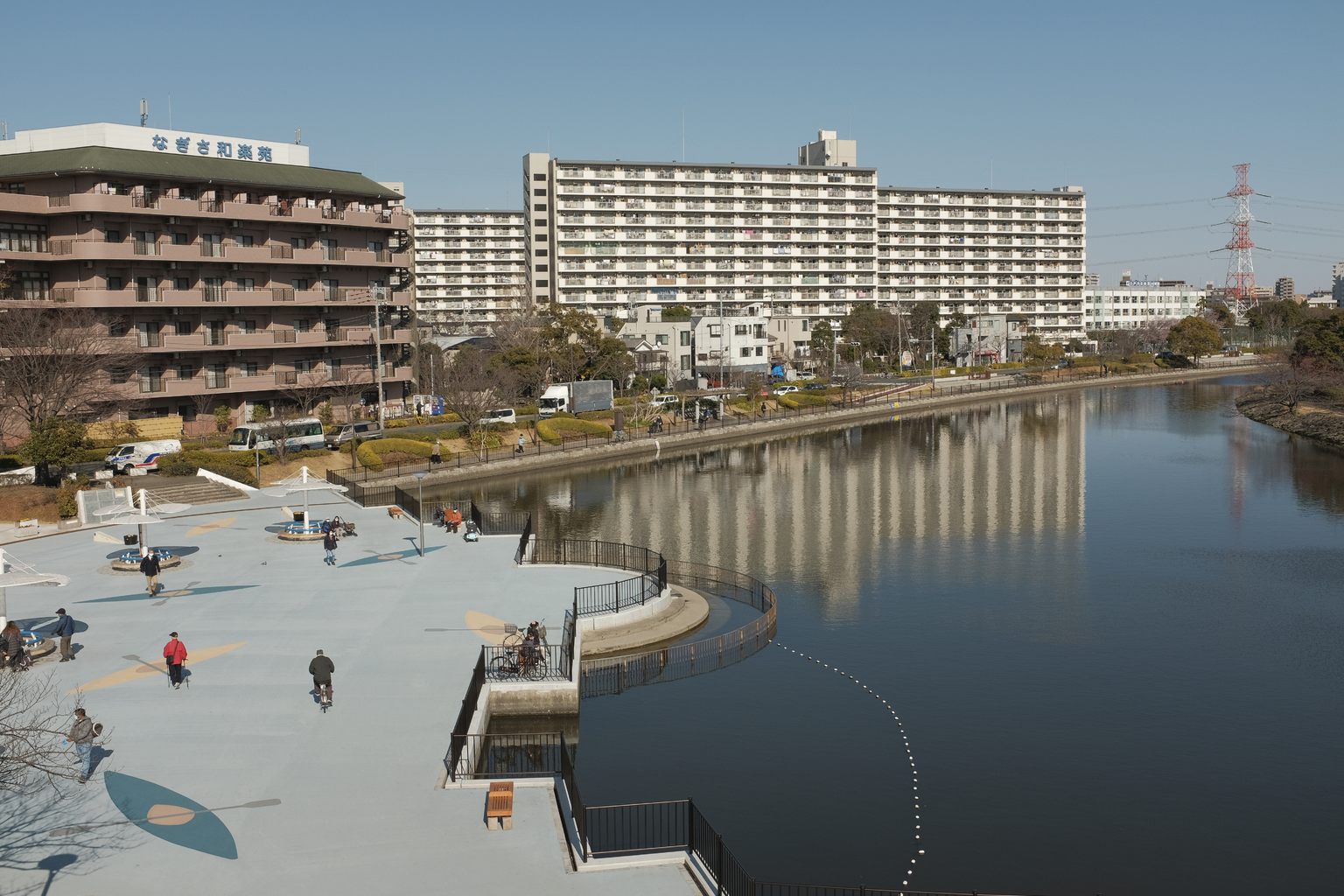
Park Life
Built upon 810,000 m2 of reclaimed land and chock-full of things to see and do, Tokyo Kasai Rinkai Koen is a strong contender for the accolade of Tokyo’s best park. It’s not the biggest (Mizumoto Park holds that mantle) but its bayside location gives it a special ambiance. Witness beautiful sunsets from the shoreline (with Mount Fuji visible on clear days) or get an elevated view from either the Crystal View Observation Square – a three-story, free-to-enter glass building – or in a capsule of the 117 meter-high landmark Diamond and Flower Ferris Wheel, the second-largest in Japan, for an even more spectacular sweeping panorama. Traverse the winding pathways towards the east side and you’ll come across a large conservation area featuring freshwater and brackish lakes for avid bird watchers and photographers to enjoy.
Should the Olympics end up taking place, the park will host the canoe slalom events in a brand new facility. Once everything has wrapped, the general public will be able to pick up some oars, jump in and imagine their own Olympic glory.
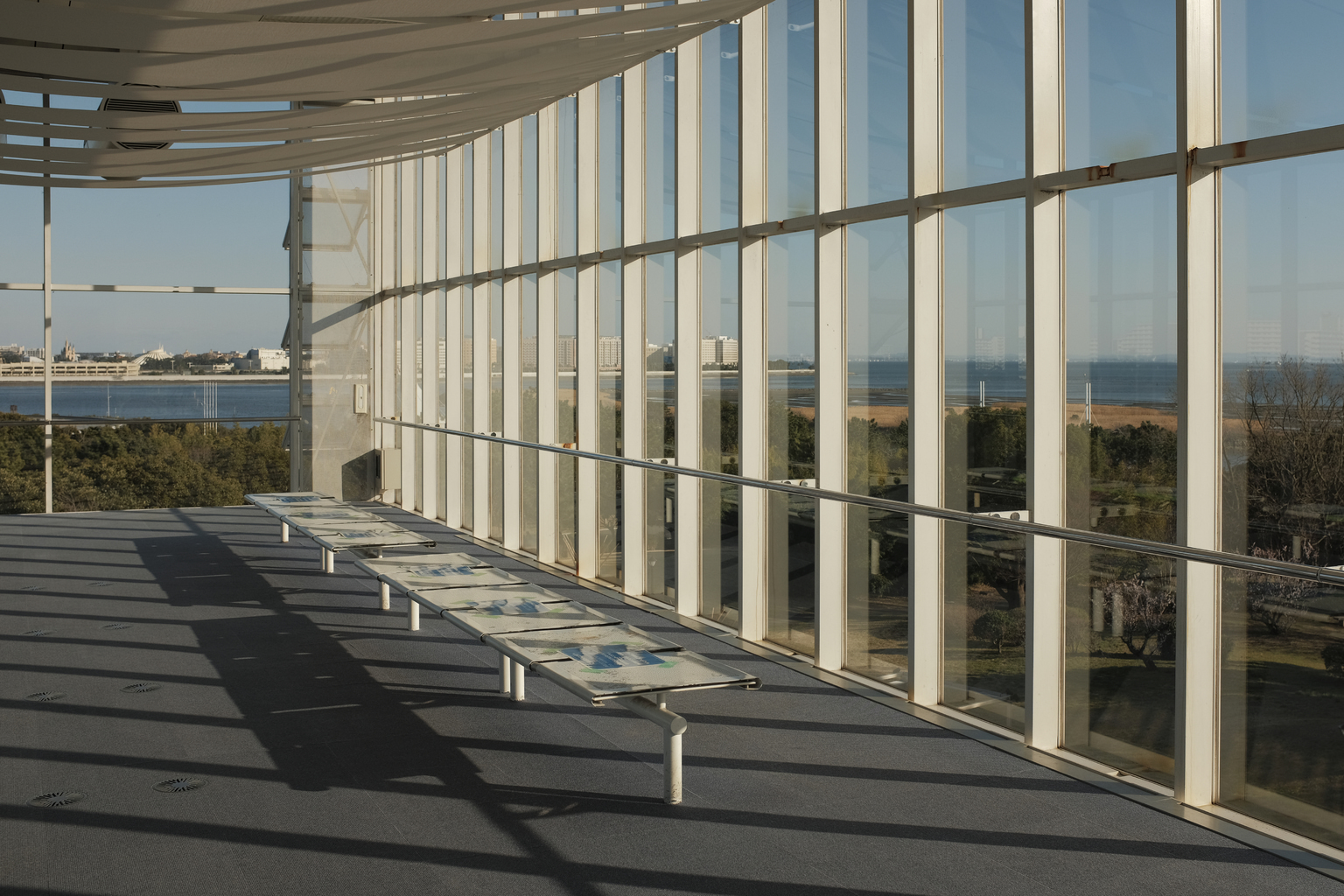
Wild Things
Wildlife lovers looking to get a bit more up-close and personal with nature have a surprising number of options in Kasai. Biggest of all is the Tokyo Sea Life Park, and aquarium within Tokyo Kasai Rinkai Koen – famed for its huge doughnut-shaped tuna tank and penguins. There is also the free-to-enter Edogawa Zoo, north of Nishi Kasai Station on the premises of Gyosen Park, (which also features Heisei Garden – a small, tranquil Japanese garden and pond with a renovated residence that visitors can enter). Don’t expect any elephants or lions here, smaller exhibits such as spider monkeys, anteaters and red pandas are its specialty, along with farmyard specimens and critters such as goats, sheep and guinea pigs.
If you or the kids still want more, stop by Nagisa Pony Land for some rides or pop into the Kasai branch of Neco Republic Cat Plaza. While animal cafés often get a deservedly bad rap, this particular chain is actually part pet sanctuary, as all of its cats have been rescued from homelessness or impending euthanasia. There is also the possibility of adoption should you feel a particular affection for one of the felines. Finally, the Nishi Kasai branch of the robot hotel chain Henn na Hotel has a pair of multilingual robotic dinosaurs manning the front desk to check out and check you in if you’re looking for a comfortable overnight stay to get some well-needed rest.
Photos by Stephan Jarvis

